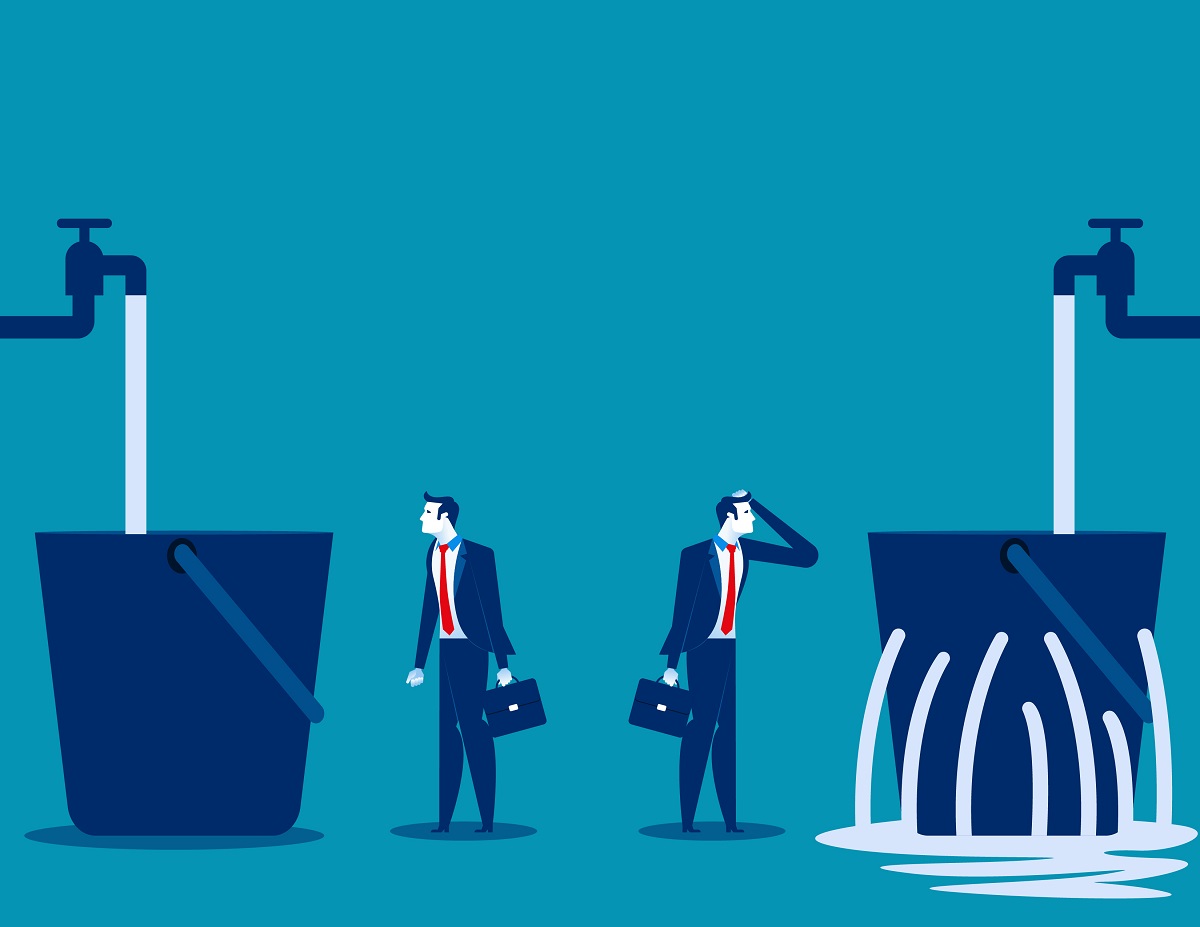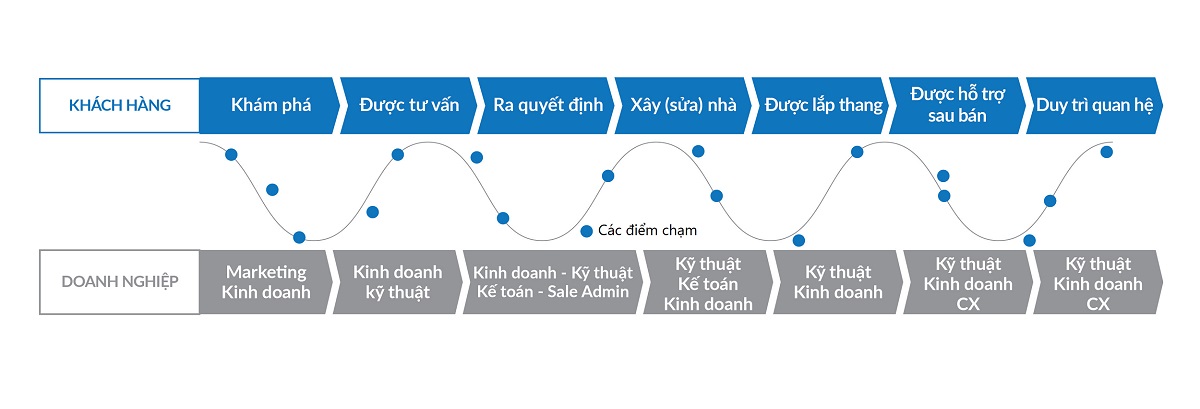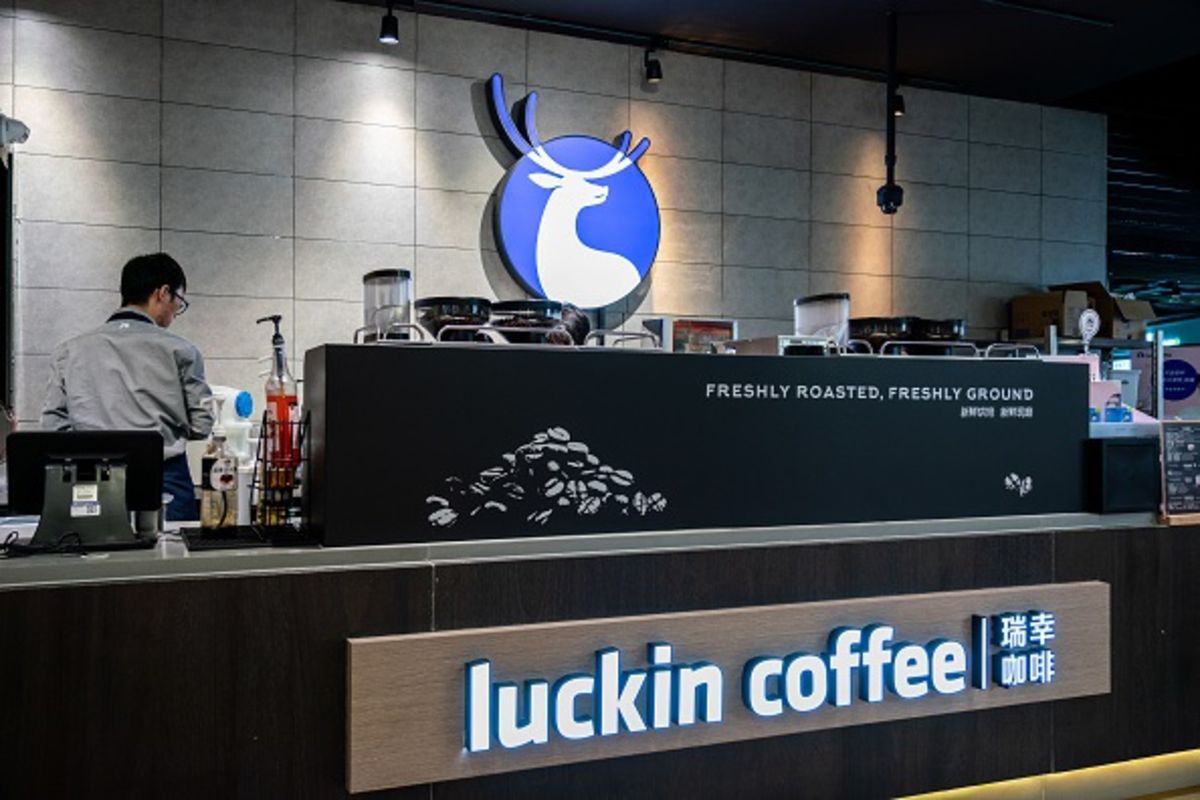The risk of “bad” profits is like pouring water into a bucket with many holes.
Recent insurance scandals seem to be increasing public distrust.
Good purpose, towards sustainable and long-term values, both hedging and also considered as a long-term investment package. However, through the implementation method of many insurance businesses, the insurance consultants “baited” to sign the contract, even the process of consulting information is not transparent, customers send money saved in the bank but turned into life insurance, anyone who works as an insurance consultant is “afraid of them”. The profit that these insurance businesses achieve is the “bad” profit, at the expense of customers’ trust and social distrust.
According to Mr. Nguyen Duong – Customer Experience Specialist, the journey to create sustainable profits and customer satisfaction is a continuous chain from customer inquiry, purchase, product use and after-sales. long-term, not just buying and paying money.
According to him, bad profit is the part of profit a business earns by ignoring bad experiences for customers. He compared this risk to pouring water into a bucket with holes in it, trying to fill the bucket with a sales effort, a marketing effort but the bucket is punctured, customers come and go, or shares about bad experiences.

So why they have such bad experiences? There are 3 main reasons.
Many businesses have not yet visualized the sequence of business actions related to customers’ feelings and emotions. They do not have the concept of Customer Experience Management (CXM) that has been mentioned in recent years.

Detailed customer experience journey map from a home elevator business
Thus, each stage of indirect or direct customer contact with the business is called touch points. Through those touch points will leave customers with emotions about products and services of the business such as convenience, peace of mind, joy, pride, … or vice versa, disappointment, resentment, …
To have a good experience journey, businesses must build a customer experience strategy that includes the following steps:
Step 1: Assess needs and segmentation
Step 2: Map the customer journey
Step 3: Identify the desired experience
Step 4: Design the Brand Experience
Step 5: Structure your customer touchpoints
Step 6: Measure and Grow
When perfecting this strategy, we will see the whole picture of our business as well as the wishes of our customers, the “perfect” touch points.
Another cause of bad profits is pressure from shareholders and the board of directors.
When taking on the task, CEOs – executives of businesses are under great pressure on sales and profits. To achieve the committed sales and output goals, CEOs must make decisions to increase sales and generate profits regardless of business ethics requirements or rules. Instead of pursuing and building long-term goals, they focus on the short-term goals of dividends and stock value. This means encouraging employees to “deceive” customers, falsify financial statements to deceive shareholders, leading to a sudden increase in sales but then leaving many consequences when the CEO ends his term: Loyal customers leave, shareholders are damaged, corporate reputation declines, employees are depressed, lack of confidence in the company’s core orientation. Therefore, the CEO’s achievements in one term have stripped away the values of a brand that has been built for many years.
How did Volkswagen pay for the emissions cheating scandal?
About 11 million of the German automaker’s diesel cars are equipped with sophisticated software that is used to cheat on tests until it is detected that emissions are 10 to 40 times higher than allowed standards. After admitting to fraud – not only deceiving customers but also harming the environment because the cars were sold on the market, the automaker had to recall 500,000 products in the US and in Germany, this number is up to 2.4 million cars. Before the turbulent scandal, the CEO of the car company resigned. Since then, the company has fallen into a state of complete collapse, when it has suffered tens of billions of dollars in fines and its stock price has continuously dropped at an alarming rate.

Fraudulent financial statements – small benefits, big harms
According to the audit results of the audit firm Earnst & Young for the financial statements of the coffee retail group Lucking Coffee – dubbed the “Chinese Starbucks” in April 2020, the company’s CEO has understated more than $310 million in revenue in 2019. Soon after, Lucking’s stock price dropped by as much as 85%. The individuals involved were also arrested. This coffee chain then received a $180 million fine from the US Securities and Exchange Commission, for deceiving investors about their financial capacity.

When the weather is favorable, food is abundanced and people are happy. However, in the years of drought and crop failure, thieves were created.
The same goes for businesses. When the economy is growing and supply and demand are stable, adhering to values such as mission, vision, etc. can be easy. When the economy is in a difficult situation, the current recession is a “gold test”.
Due to the situation that the demand for new purchases is not much, businesses want to survive, they are focusing on making full use of the following areas: consumable equipment, maintenance services, auxiliary goods, etc.
Two longtime friend in the automobile and elevator industry said. Currently, it is very difficult to sell new products due to high loan interest rates, tight credit… so it is advisable to encourage service consultants to focus on taking advantage of the sale of components.
The old men said “The proof of the pudding is in the eating” or “Calamity is man’s true touchstone”, just thinking about it. This stage is also a filter and test for the values of a business.
To conclude, I would like to mention a quote by Warren Buffett: “It takes you 20 years to build a reputation, but it only takes 5 minutes to destroy it.” Therefore, it is each business’s decision to make a wise choice.



